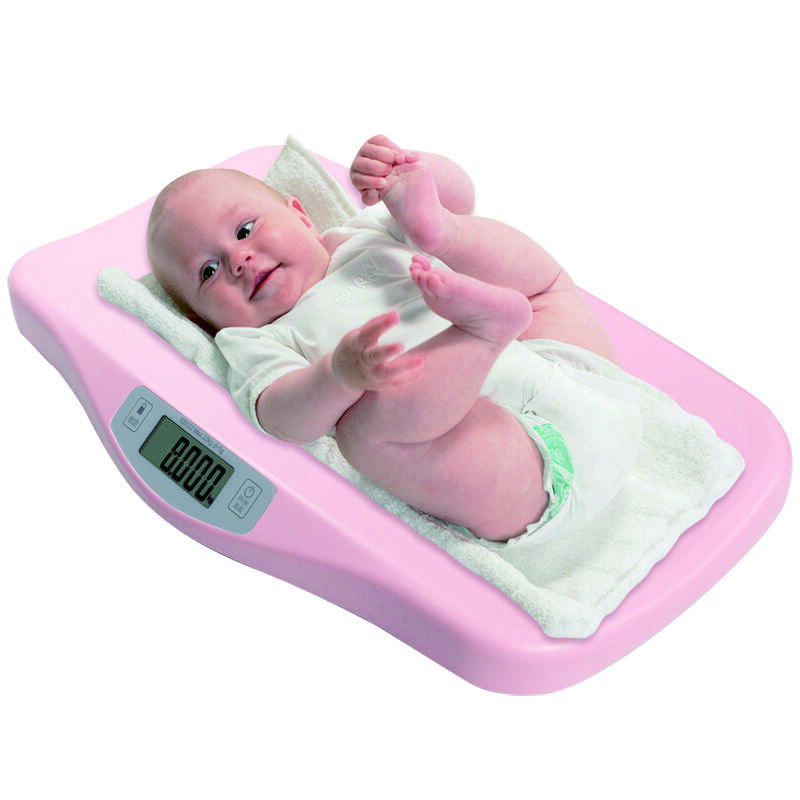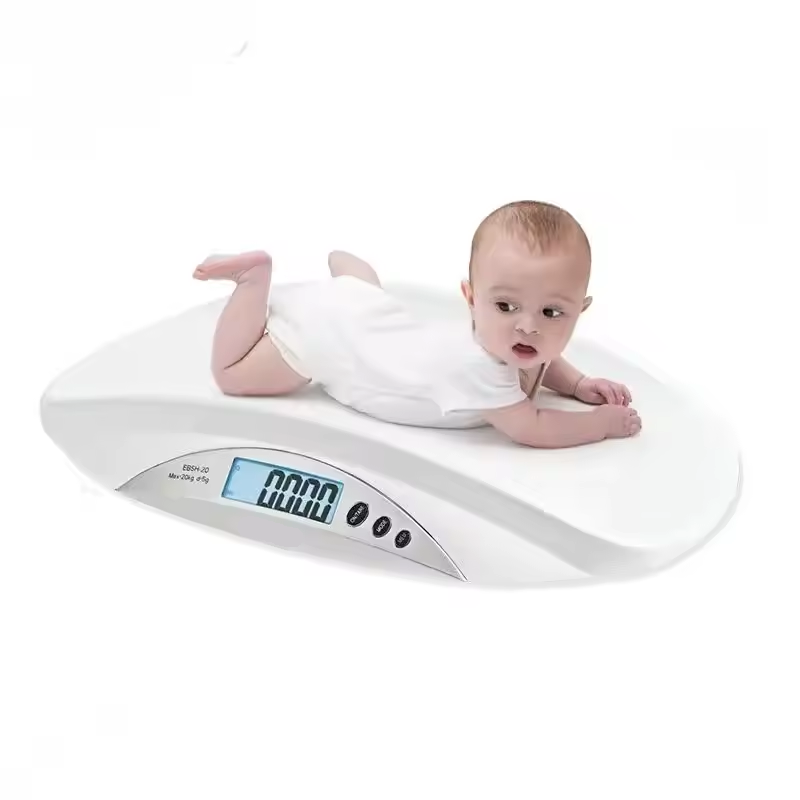Essential Guide to Monitoring Your Baby's Development Through Accurate Weighing
Tracking your infant's growth is one of the most important aspects of ensuring their healthy development during the crucial early months and years. A baby scale provides parents and caregivers with a reliable tool to monitor weight changes, helping to identify potential health concerns early while celebrating those precious developmental milestones. Understanding how to properly use a baby scale can make all the difference in accurately tracking your little one's progress.
Modern baby scales have revolutionized the way we monitor infant growth at home, offering hospital-grade accuracy with user-friendly features. Whether you're a new parent or a seasoned caregiver, mastering the use of a baby scale will give you valuable insights into your child's development journey.
Selecting the Right Baby Scale for Home Use
Key Features to Consider When Choosing a Baby Scale
When investing in a baby scale, several essential features deserve careful consideration. Digital displays with clear, easy-to-read numbers are paramount for accurate readings. Look for scales with a tare function, which allows you to zero out the weight of blankets or diapers. Weight hold features are particularly valuable, as they capture the final measurement even if your baby moves during weighing.
Accuracy and capacity specifications should align with your needs. Most quality baby scales offer precision to the nearest 0.5 ounces and can accommodate weights up to 44 pounds or more. This extended capacity means you can continue tracking your child's growth well into the toddler years.
Understanding Scale Types and Measurement Units
Baby scales typically come in two main varieties: traditional flat platform scales and cradle-style scales with curved surfaces to hold infants securely. Both types can be equally accurate, though cradle styles often provide additional comfort for newborns. Many modern scales offer the flexibility to switch between pounds/ounces and kilograms, making it easier to communicate with healthcare providers regardless of their preferred measurement system.
Some advanced models include built-in length measurements and Bluetooth connectivity to track growth data through smartphone apps. While these features aren't essential, they can enhance the monitoring experience and provide valuable long-term growth tracking capabilities.

Proper Techniques for Weighing Your Baby
Creating the Ideal Weighing Environment
Success in obtaining accurate measurements begins with creating the right environment. Place your baby scale on a flat, stable surface away from drafts or direct sunlight. The room temperature should be comfortable, as a cold environment might cause your baby to tense up or cry, making it harder to get an accurate reading. Ensure the scale is clean and at room temperature before placing your baby on it.
Timing is crucial when weighing your infant. Choose a time when your baby is typically calm, such as after a nap but before feeding. Consistency in timing can help establish patterns in weight gain, as babies naturally fluctuate in weight throughout the day based on feeding and diaper changes.
Step-by-Step Weighing Process
Begin by calibrating the baby scale according to manufacturer instructions. If using a tare function, place any necessary items like a blanket on the scale first and zero it out. Ensure your hands are warm and your movements are gentle and confident when handling your baby. Support your infant's head and neck while slowly placing them on the scale.
Keep one hand hovering near your baby for safety but avoid touching them during the weighing process. Wait for the display to stabilize and show a consistent reading. Many scales will indicate when they've locked in a final measurement. Record the weight immediately, noting the date and time for accurate tracking.
Maintaining Accurate Growth Records
Establishing a Regular Weighing Schedule
Consistency in weighing frequency helps establish reliable growth patterns. For newborns, weekly weighing sessions are often recommended, while older infants may need monthly checks. Create a dedicated tracking system, whether through a baby tracking app, spreadsheet, or traditional growth chart. Regular monitoring helps identify any significant changes that might require medical attention.
Consider weighing your baby at the same time of day to minimize natural weight fluctuations. Many parents find success weighing their little ones first thing in the morning, before the first feeding, as this provides the most consistent baseline for comparison.
Understanding Growth Patterns and Percentiles
Familiarize yourself with typical infant growth patterns and weight gain expectations. Most babies lose up to 10% of their birth weight in the first few days but should regain it by two weeks of age. After that, healthy weight gain usually ranges from 4-7 ounces (112-200 grams) per week in the first few months.
Growth charts and percentiles help contextualize your baby's development within normal ranges. Remember that every baby grows differently, and percentiles are guidelines rather than strict rules. Regular communication with your pediatrician helps interpret these measurements within the broader context of your baby's health.
Troubleshooting Common Scale Issues
Calibration and Maintenance Tips
Regular maintenance ensures your baby scale continues to provide accurate measurements. Check calibration weekly using a known weight, such as a sealed 5-pound bag of sugar. Clean the scale surface with appropriate disinfectants, being careful not to let liquid seep into electronic components. Replace batteries promptly when low battery indicators appear to prevent inaccurate readings.
Store your baby scale in a clean, dry place away from extreme temperatures and humidity. Avoid stacking items on top of the scale when not in use, as this can affect its calibration and accuracy over time. Most quality scales come with manufacturer warranties - keep documentation handy for potential service needs.
Addressing Common Accuracy Issues
If you notice inconsistent readings, first verify the scale is on a completely level surface and away from any electronic interference. Check that nothing is touching or hanging off the edges of the weighing platform. For particularly active babies, try weighing them when they're sleepy or just after feeding when they're more likely to lie still.
Compare your home measurements with those taken at your pediatrician's office to ensure your scale maintains accuracy. If discrepancies persist, consider having your scale professionally calibrated or replacing it if it's more than a few years old.
Frequently Asked Questions
How often should I weigh my baby at home?
For newborns, weekly weighing is typically recommended for the first month. After that, bi-weekly or monthly weigh-ins are usually sufficient unless your healthcare provider suggests otherwise. Always maintain regular check-ups with your pediatrician regardless of home weighing routines.
What time of day is best for weighing my baby?
The most consistent results come from weighing your baby at the same time each day, preferably in the morning before their first feed. This helps establish a reliable baseline for tracking growth patterns over time.
Should I subtract clothing weight when weighing my baby?
Yes, for the most accurate results, either weigh your baby in just a clean diaper or use your scale's tare function to subtract the weight of clothing and blankets. Consistency in what your baby wears during weigh-ins helps maintain accurate tracking over time.

